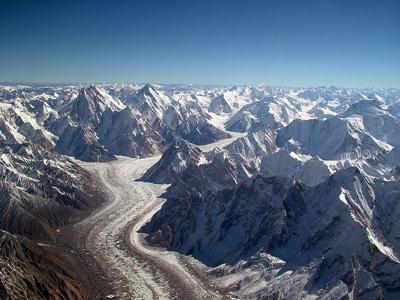canada
by john
(new york,NY,USA)
I have been to Canada many times. It is really cold in winter. Colds are very common there. That's why you have to dress really warm. In the summer it isn't really hot, you can say it is warm.
Barry's Response - I agree. Thank you, John.
In the summer, more and more people from around the world will want to visit our country if global warming continues. As most Canadian places are between 15 and 30°C during this season, most will agree it's pretty comfortable. That's fine with us.
Be prepared for the rest of the year. From mid-November until at least early March, most of Canada has daily average temperatures below freezing. The Arctic, north of 60° latitude, will have a much longer and harsher winter than British Columbia (the mildest province). For this entire period, many places in Canada don't see temperatures exceeding 0°C, and we're fine with that.
Check out the Canada's Climate page for a more detailed look at the climate variations across the country. There are broad Köppen climate classifications for different parts of Canada.
Search this site for more information now.
The most general description of Canada's climate can be described as diverse and varied because of its vast size and geographic features.
Bounded by three oceans, Canada spans a wide range of climates. Canada has four distinct seasons: spring, summer, fall, and winter. We have, however, a lot of variations in climate from one region to another. Canada's climate has these key features:
- A continental climate dominates much of central and eastern Canada, including Ontario and Quebec where most of the people live. There's a big temperature difference between summers and winters in this type of climate.
- British Columbia and the Atlantic provinces have a maritime climate. Because of the adjacent oceans, these areas have milder winters and cooler summers.
- Arctic Climate: Nunavut and parts of the Northwest Territories and Yukon have Arctic climates. The winters are long, extremely cold, and the summers are short 'n cool.
- Prairie Climate: Alberta, Saskatchewan, and Manitoba have semi-arid or steppe climates in some areas and boreal forest in the north. Their continental climates remain relatively dry, with hot summers and cold winters.
- The Canadian Rockies and other mountainous regions have mountain climates, characterized by high elevations, cold temperatures, and lots of precipitation.
- Canada's northern regions above the Arctic Circle (the high Arctic) have polar or subarctic climates. Ice and permafrost cover some of these areas, with long, frigid winters and short, cool summers. There's little vegetation and population in these areas.
You'd have a shorter list if you asked which climates aren't found in Canada. Mostly tropical climates (Köppen classifications starting with A). Canada has largely temperate climates (Köppen classifications starting with C) and subpolar climates (starting with D). Canada's northern regions have Arctic climates (starting with E, and F where we see permanent ice cover). A few of the driest spots start with B.
Within each of these broad climate classifications, there can be regional variations and microclimates based on latitude, elevation, proximity to water bodies, and topography. The climate in Canada is diverse, with temperate maritime climates on the coasts, continental climates in the middle, and arctic climates in the north. As a result of the country's vast size and geographic diversity, it has a variety of weather patterns and climates.
Join in and write your own page! It's easy to do. How? Simply click here to return to Cold, eh?.
Do you have concerns about air pollution in your area??
Perhaps modelling air pollution will provide the answers to your question.
That is what I do on a full-time basis. Find out if it is necessary for your project.
Have your Say...
on the StuffintheAir facebook page
Other topics listed in these guides:
The Stuff-in-the-Air Site Map
And,
Thank you to my research and writing assistants, ChatGPT and WordTune, as well as Wombo and others for the images.
GPT-4, OpenAI's large-scale language generation model (and others provided by Google and Meta), helped generate this text. As soon as draft language is generated, the author reviews, edits, and revises it to their own liking and is responsible for the content.



